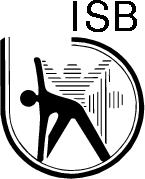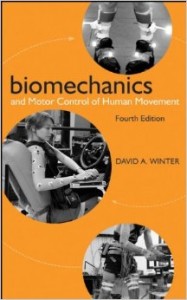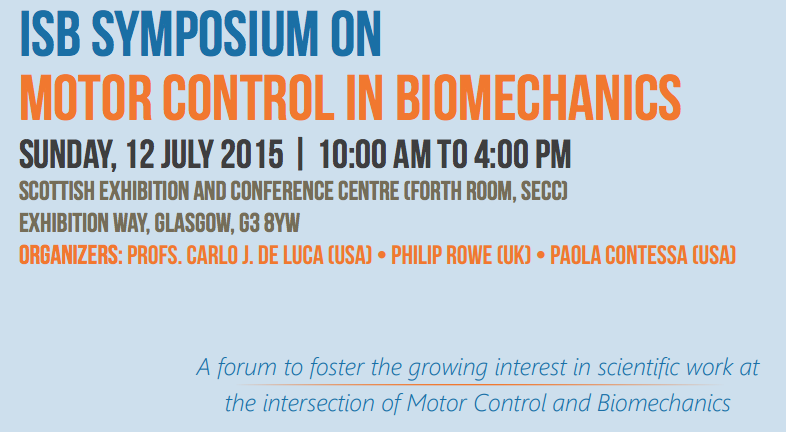 Kat Steele presented our recent work on altered synergies during gait in cerebral palsy and the impact of altered gait patterns at the International Society of Biomechanics conference on July 15, 2015 in Glasgow, Ireland.
Kat Steele presented our recent work on altered synergies during gait in cerebral palsy and the impact of altered gait patterns at the International Society of Biomechanics conference on July 15, 2015 in Glasgow, Ireland.
Cerebral Palsy
MH Schwartz, A Rozumalski, KM Steele, “Dynamic motor control during walking predicts treatment outcomes in cerebral palsy.” International Society of Biomechanics (Glasgow, UK) July 13, 2015.
 Kat Steele & Mike Schwartz presented their research demonstrating that synergies measured from EMG are predictive of post-operative outcomes after botulinum toxin injections, selective dorsal rhizotomy, and multi-level orthopaedic surgery. These results will support future research to determine if synergies can be used clinically to quantify patient-specific changes in control and guide treatment planning.
Kat Steele & Mike Schwartz presented their research demonstrating that synergies measured from EMG are predictive of post-operative outcomes after botulinum toxin injections, selective dorsal rhizotomy, and multi-level orthopaedic surgery. These results will support future research to determine if synergies can be used clinically to quantify patient-specific changes in control and guide treatment planning.
International Society of Biomechanics conference on July 13, 2015 in Glasgow, Ireland.
KM Steele and MH Schwartz, “Do muscle synergies reflect optimal control during gait in unimpaired individuals and individuals with cerebral palsy?” International Symposium on Computer Simulation in Biomechanics (Edinburgh, UK) July 11, 2015.
Kat Steele presented at the International Society of Biomechanics Technical Group on Computer Simulation in Edinburgh, Scotland on July 11, 2015. This study quantifies how traditional methods for estimating muscle activity in musculoskeletal simulation (e.g., minimizing sum of squared muscle activations) fails to accurately predict muscle activity for individuals with cerebral palsy. This research will help to guide the development of new methods to quantify patient-specific changes in neuromuscular control.
Finalist for David Winter Award
Dr. Steele has been selected as one of five finalists for the  David Winter Young Investigator Award at the International Society of Biomechanics. She will be presenting in the award session on Wednesday, July 15th at the conference in Glasgow. She will be presenting the results of her research on:
David Winter Young Investigator Award at the International Society of Biomechanics. She will be presenting in the award session on Wednesday, July 15th at the conference in Glasgow. She will be presenting the results of her research on:
Altered muscle synergies during gait in cerebral palsy are not due to altered kinematics or kinetics.
Invited Speaker at Motor Control Symposium
Dr. Steele has been invited to speak at the International Society of Biomechanics’ Symposium on Motor Control in Biomechanics. Learn more about the event HERE.

